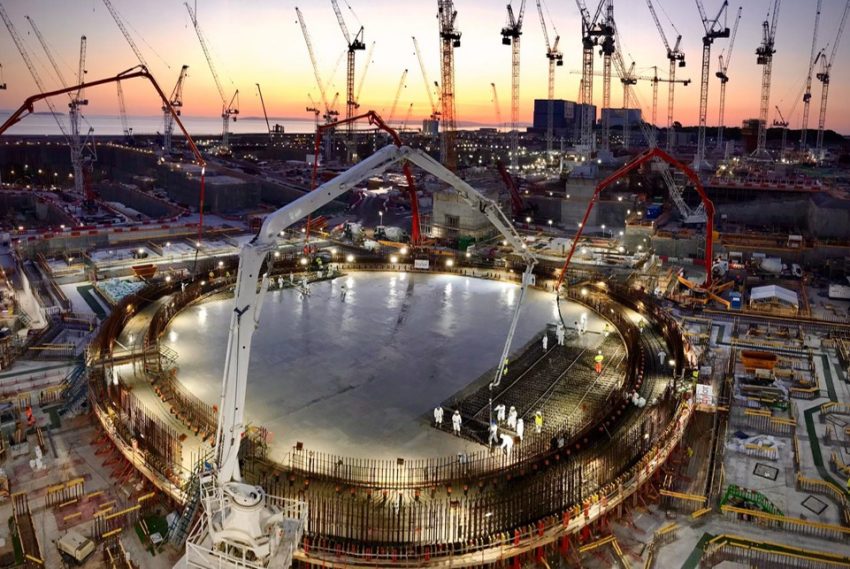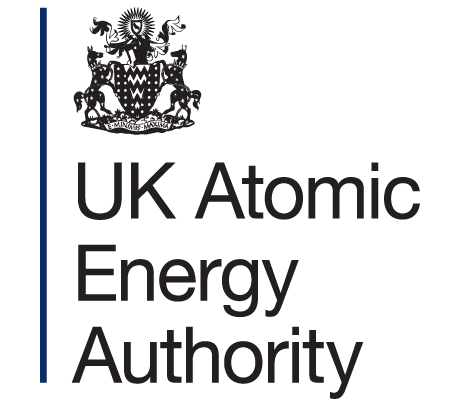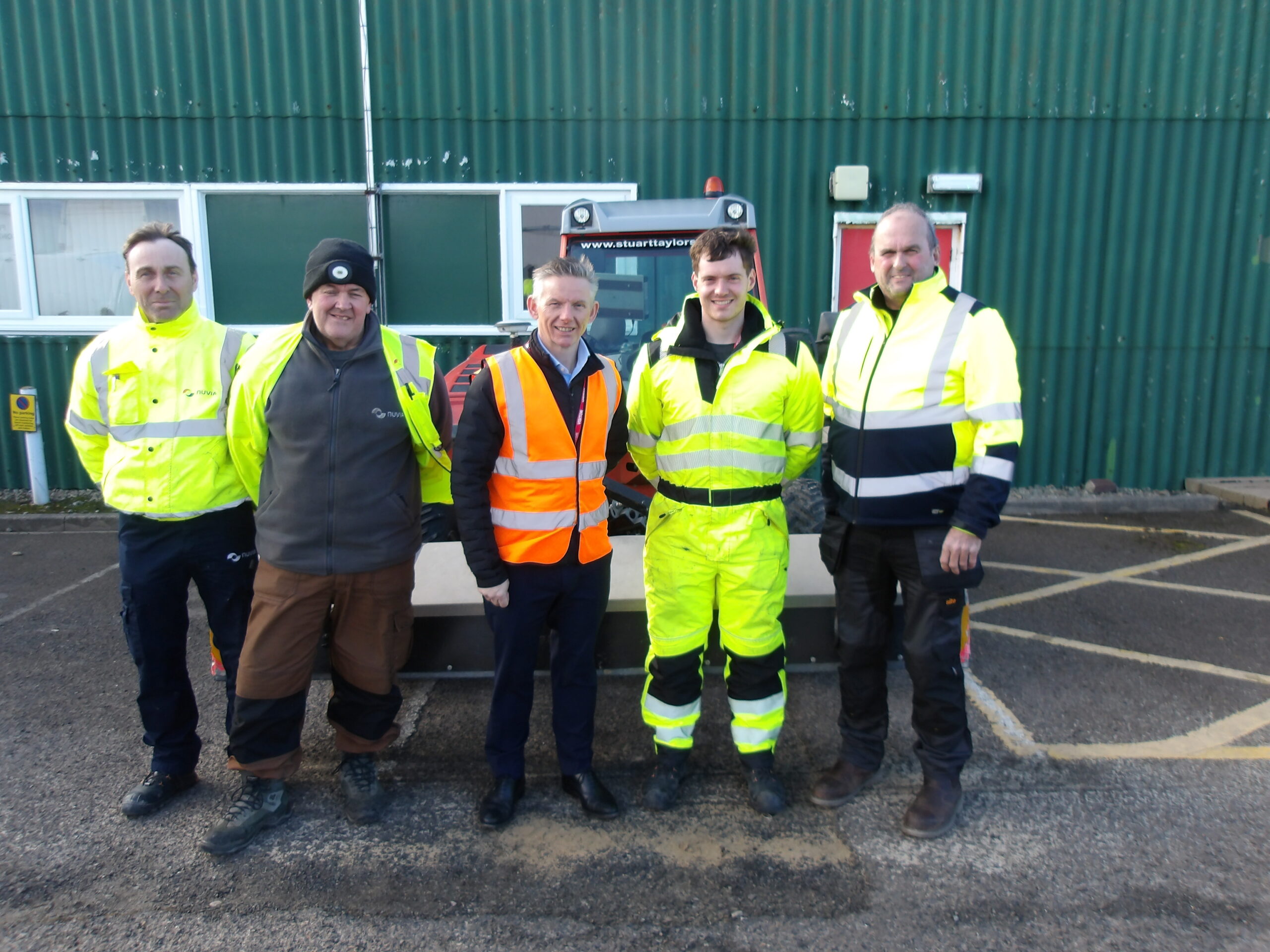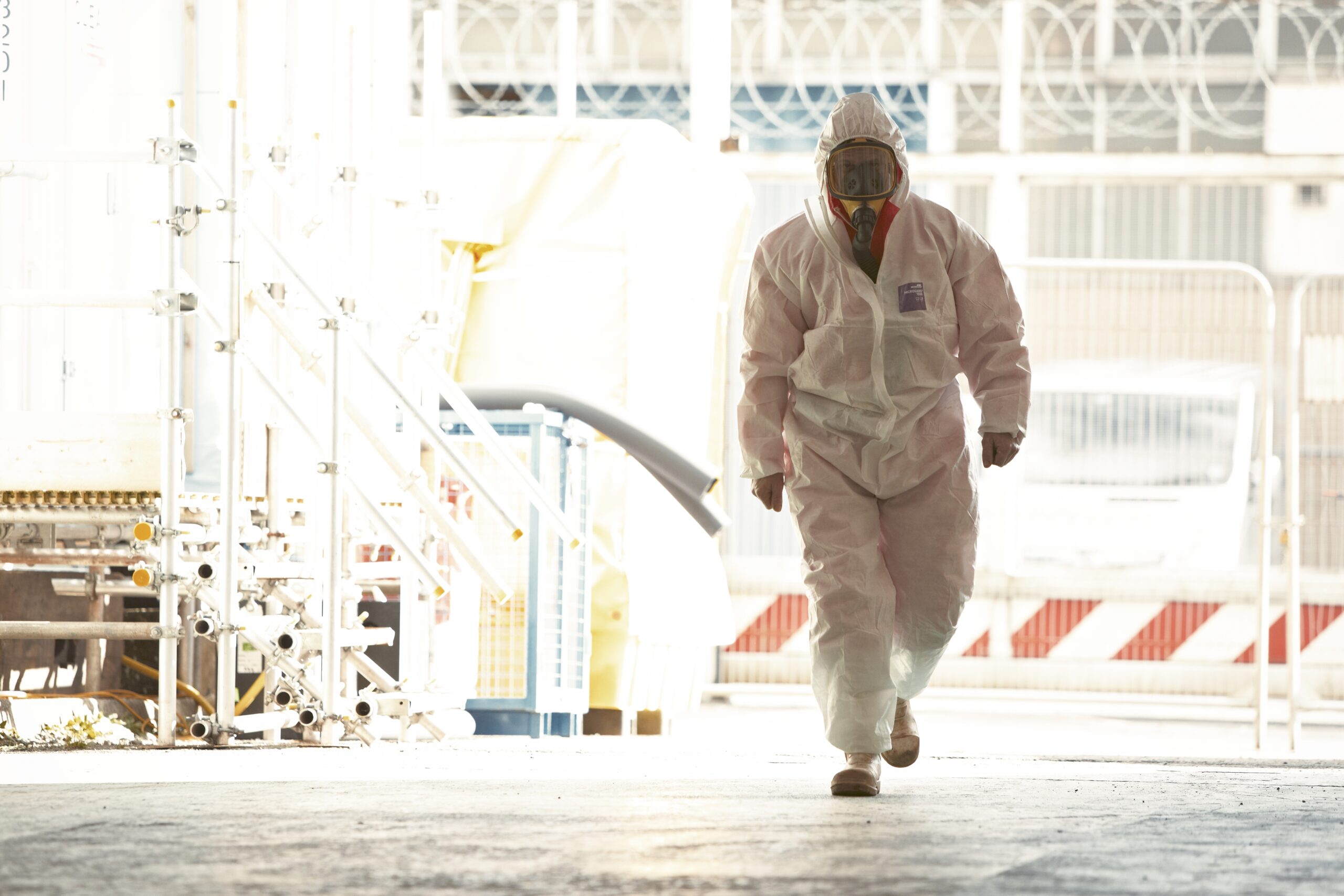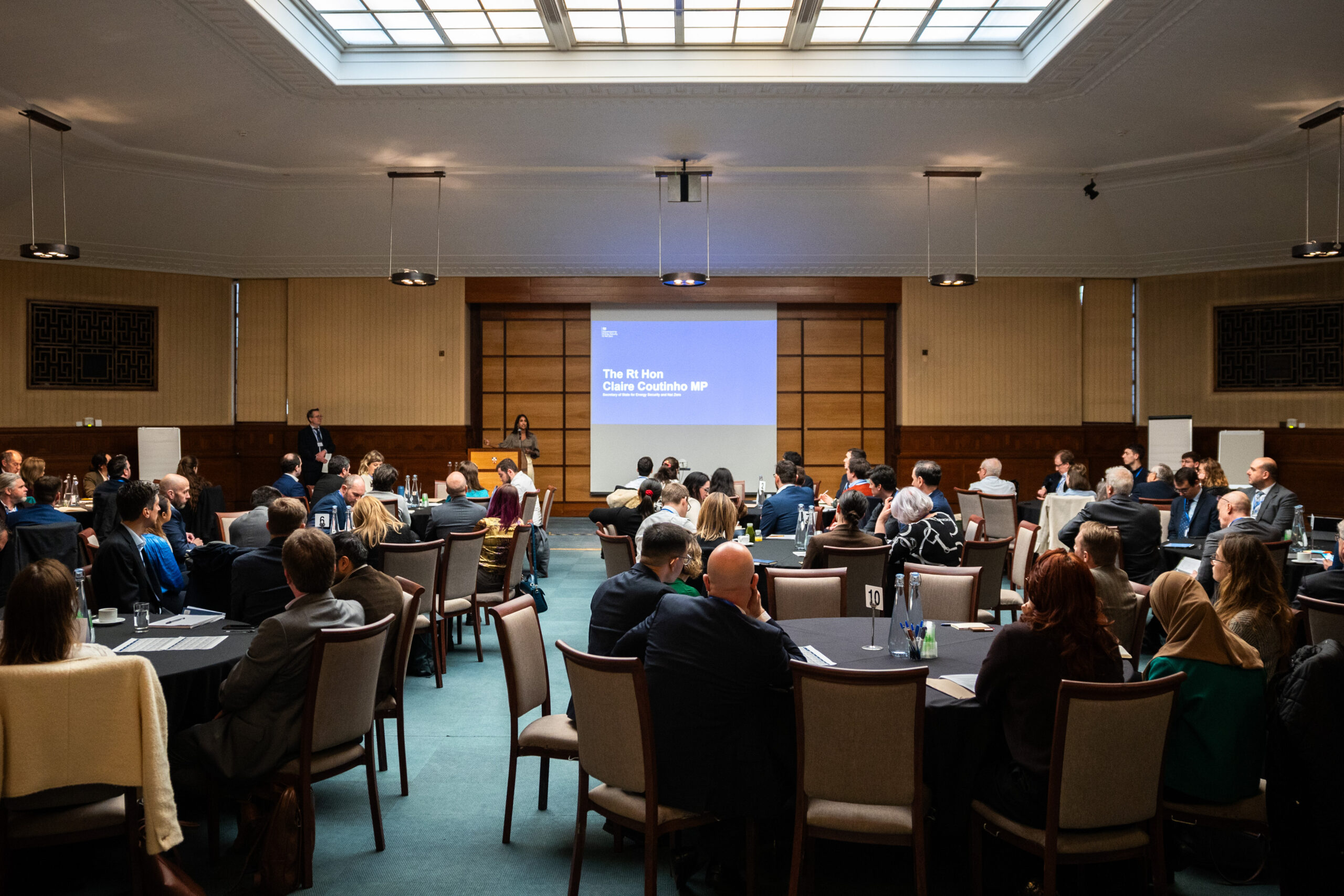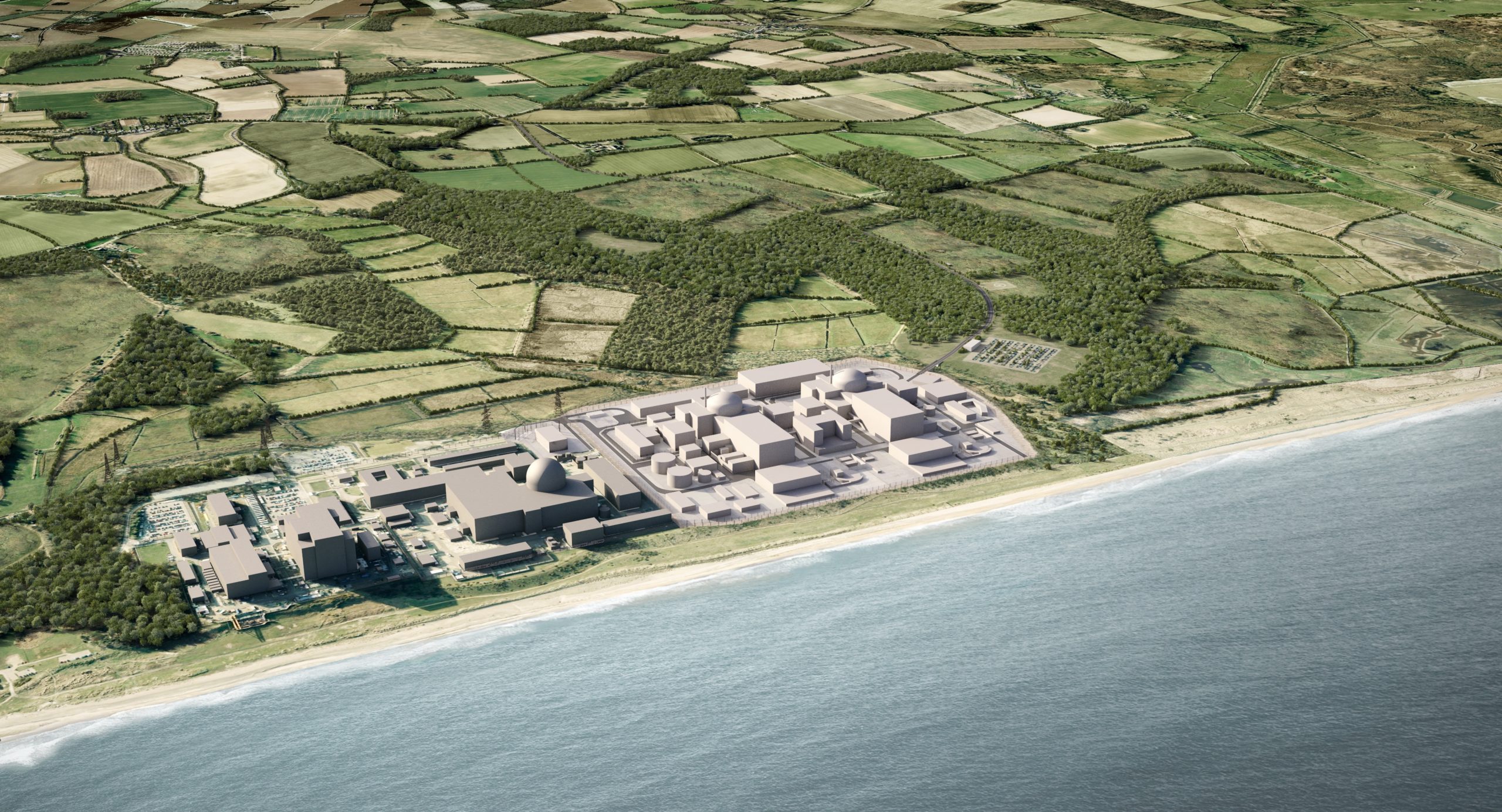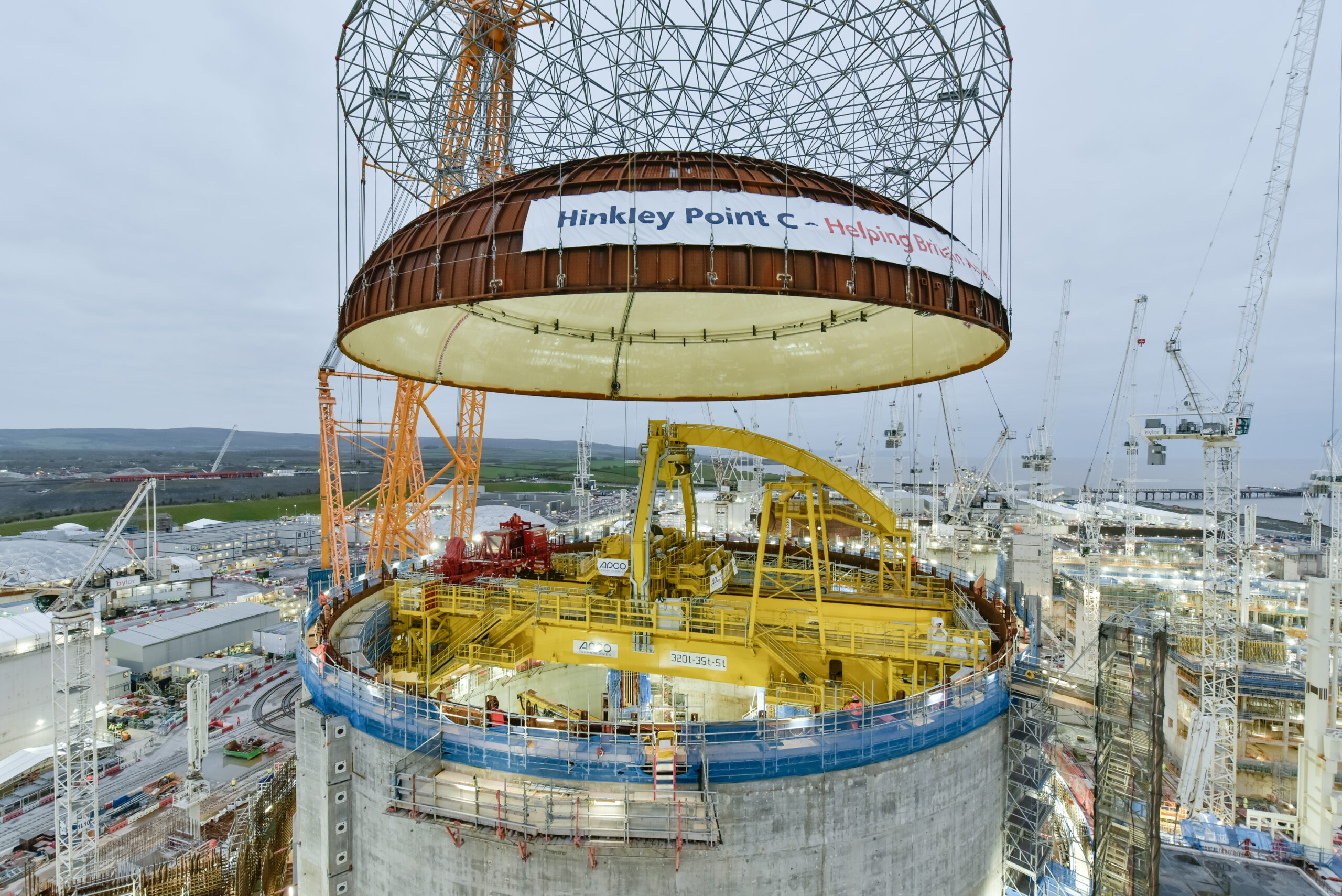This week, the IEA produced a landmark report on what a net zero energy system could look like.
Nuclear power, the leading source of clean electricity in the developed world, is, in their words an “essential foundation” to the energy transition. Even at very cautious estimates, that means twice as much nuclear worldwide by 2050, as we look to move away from fossil fuels to clean energy.
The transition, of course, won’t happen by itself. Indeed, the IEA warned explicitly that “without further lifetime extensions [for existing nuclear power stations] and new projects beyond those already under construction, nuclear power output in advanced economies will decline by two-thirds over the next two decades.” This would represent the single greatest loss of clean power in world history.
The UK is at the sharp end of this issue. Half of our current nuclear fleet is due to retire by March 2024, in less than three years, and all but one station by 2030. We will lose nuclear capacity faster than any other developed nation.
At the same time, the carbon intensity of the UK grid (the emission for each bit of power) has levelled off after falling for years. Grid emissions have been higher for the first four months of 2021 than they were at the start of 2020. After a lengthy coal-free streak last spring, the UK has burned coal on every day but one in May. This is where we are, with just seven months until the first AGR station retires. We know from international experience and our own experience that when nuclear goes offline, emissions go up.
The urgency of our situation is why the NIA and five of our sister associations across the world called on policymakers to commit to:
- Clear recognition of nuclear power as a clean, low-carbon, sustainable technology
- Equal access to climate finance for nuclear alongside other low-carbon technologies
- Maintain nuclear capacity at existing levels as a start and then expand capacity
In the UK specifically, we need the Government to follow through on its commitment to increase nuclear capacity and to legislate to get that capacity built. That legislation needs to endorse a new financing model for nuclear projects. A financing solution is key to reducing the cost of capital and mobilising the investment required to build new stations. We are already seeing successes at Hinkley Point C in reducing construction times by repeating tasks on the two units, and if we combine a better financing model with the benefits of a fleet build, the nuclear industry in Britain has a bright future indeed.
The future is there, but we do need the right choices to be made now. Net zero is a colossal, generational challenge, and every credible expert body has said that we need a lot of nuclear to get it done. So let’s get cracking.
